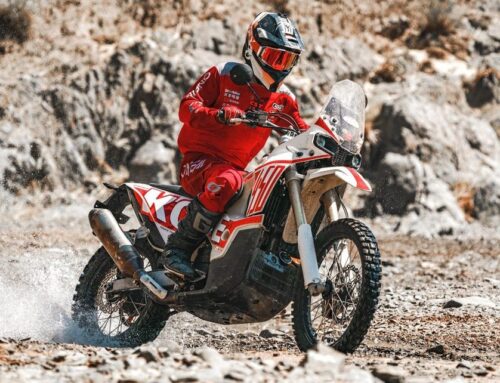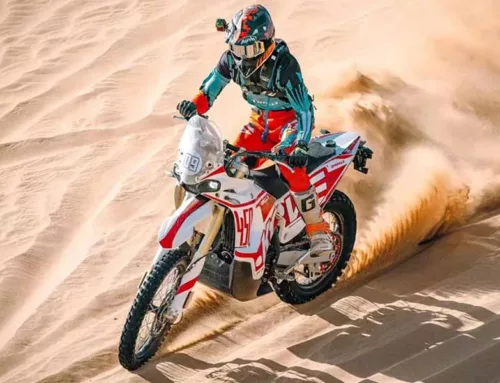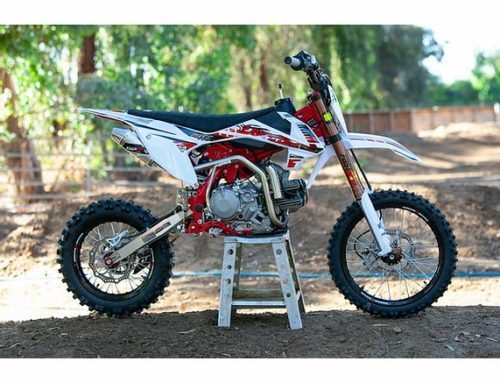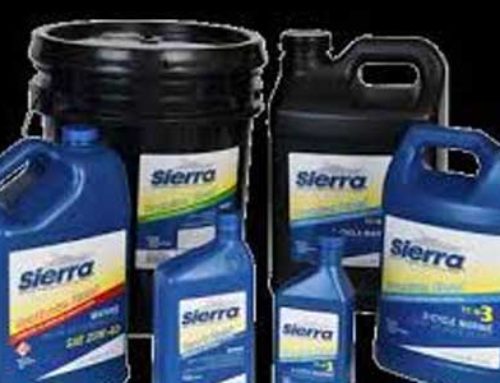Second only to the power-train that drives them, tires are one of the most important factors when it comes to motorcycle handling and performance. The tire is the last link in the chain that propels a motorcycle forward, and the first line of defense when braking. If you have a tire that isn’t being used in accordance with its’ intended purpose, serious injury and/or death could occur. ALWAYS make sure you are informed on the limitations of your tires and their intended purpose.
—
The first factor to consider is tire size. Most Canadian dealers/retailers use metric tire sizing, though there are many cases where you may find an imperial measurement on your motorcycle tire, depending on the age of the tire. You should always be able to find the tire sizing on the side of the tire, and from there most people don’t need to worry about the technical aspects. However it can be handy to understand how the sizing breaks down when purchasing a new tire for your motorcycle.
The most distinctive feature of the metric tire sizing is it’s reference to a percentile, usually anywhere from 50-120, which can be translated to 50%-120%. This is referring to the sidewall/tire height against the tread width, also known as aspect ratio. The final number is the rim size. Imperial tire sizing will be much simpler, however it reads in two different ways depending on the application and/or manufacturer.The METRIC tire size (130/100-19), the first number is tread width in millimeters(mm), the second number is the percentage mentioned above. In this case, (130) means the tire has a tread that’s (130mm) wide, and the sidewall is (100%) of that number. So the tire has a tread width of 130mm, and a sidewall height of 130mm(100% of 130). The number at the end indicates the rim size in inches, in this case being a 19″ rim. Sometimes the letter ‘R’ accompanies the rim size, this indicates it is a radial tire.
As for standard inch measurements, it sometimes simply reads as (W x H – Rim Diameter). So in the tire size (4.50/4.75-16), the (4.50) can be read as a tire width of (4.5″), a tire height of (4.75″), and a rim size of (16″).
The second thing you will want to check when ordering or purchasing a new tire for your motorcycle will be the load and speed ratings. The load rating is what determines what weight the tire is designed to withstand at the recommended or maximum tire pressure. This can vary from motorcycle to motorcycle, and is not entirely dependent on the weight of the motorcycle, or even the combined weight of rider and motorcycle. Certain conditions such as a stiffer suspension can put more shock load on the tire itself, whereas a softer suspension will help take some of the pressure off. For this reason it is not recommended to cut corners when it comes to load ratings, always try to match the rating on your current tire, or beat it. The higher the load rating, the stiffer the sidewalls, don’t go overboard or else a rough ride will result.
The load rating is indicated by an LI(Load Index), which usually presents itself as a two-digit number ranging anywhere from 33 to 80 in most cases. Most motorcycle tires are within the 50-80 range, always go with the same rating that came with the motorcycle from factory, or higher. Never lower.
Speed ratings can be dealt with similarly, however if your motorcycle has had any significant change in gearing and/or performance modifications for speed, you may need to review the factory ratings. They are indicated on the tire as a single letter, ranging from J all the way up to Y (and Z for car tires).
Check out THIS link for a chart from Maxxis explaining what each speed rating and load index means.
Finally, the last thing to consider is the tire itself. Brand makes a significant difference from tire to tire, even if they’re the same size, and have the same load and speed ratings. Dunlop’s cruiser tires for example are a softer tire that grips asphalt very well, though they tend to wear a lot quicker than most riders would like. A Metzler High Mileage 888 tire will last for nearly double the mileage, but doesn’t have the cornering stability some riders need.
Luckily for you, Alberta Powersports is open 6 days a week to help you with your tire purchase. Don’t hesitate to call us with any questions or concerns!






Leave A Comment